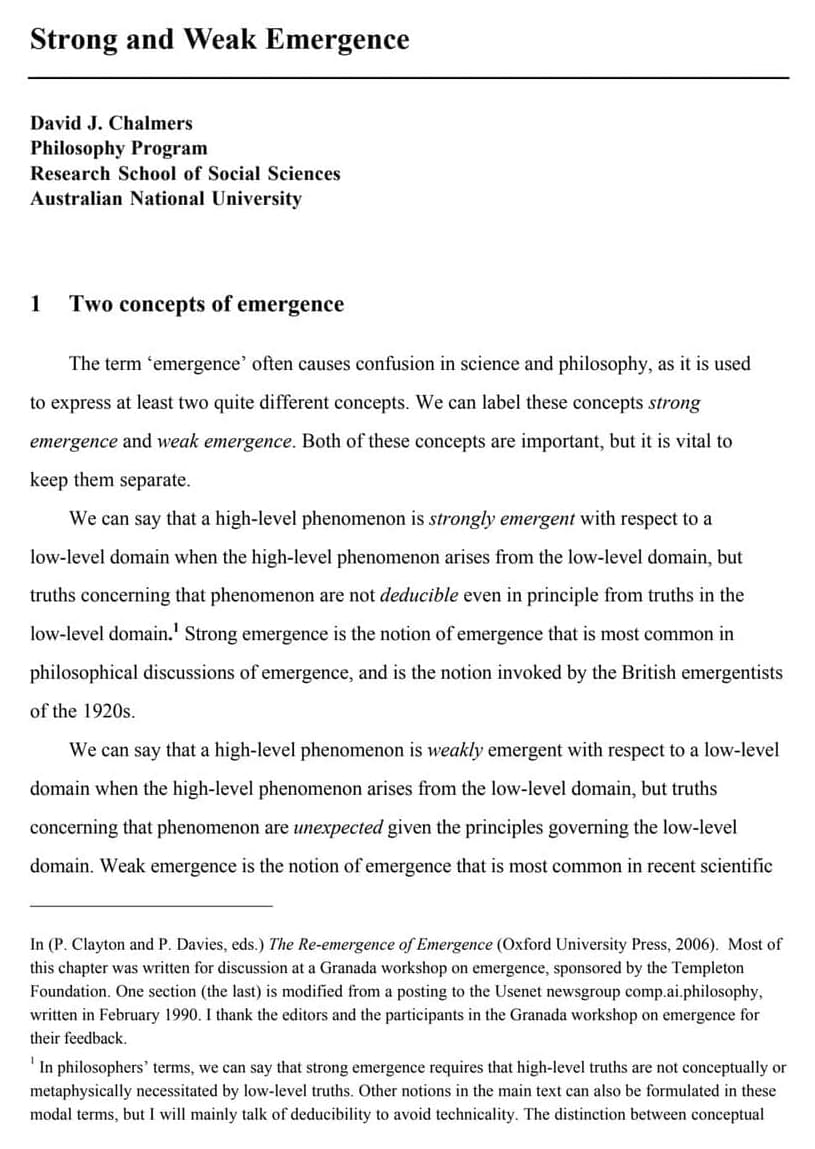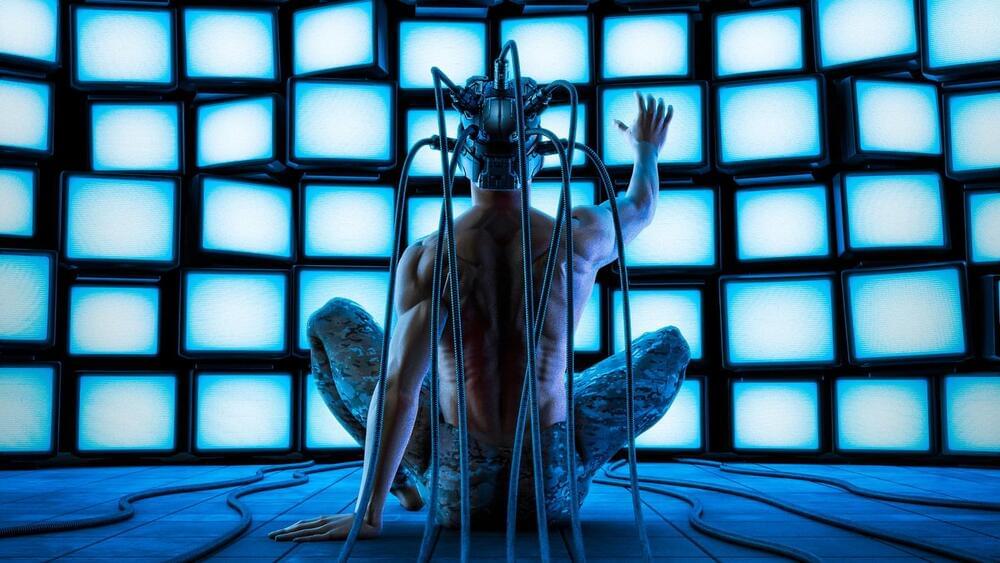Dropbox is a free service that lets you bring your photos, docs, and videos anywhere and share them easily. Never email yourself a file again!


Scientists from Princeton University believe using ripples in space-time will help them reveal hidden properties of the universe and look back at the beginnings of Earth. Read the article to learn more.

A new technical paper titled “A high-fidelity quantum matter-link between ion-trap microchip modules” was published by researchers at University of Sussex, Universal Quantum Ltd, University College London and University of Bristol.
“As quantum computers grow, we will eventually be constrained by the size of the microchip, which limits the number of quantum bits such a chip can accommodate. As such, we knew a modular approach was key to make quantum computers powerful enough to solve step-changing industry problems. In demonstrating that we can connect two quantum computing chips – a bit like a jigsaw puzzle – and, crucially, that it works so well, we unlock the potential to scale-up by connecting hundreds or even thousands of quantum computing microchips,” states Professor Winfried Hensinger, Professor of Quantum Technologies at the University of Sussex and Chief Scientist and Co-founder at Universal Quantum.

Astronomers have classified planetary systems into four distinct categories, based on the sizes and arrangements of their planets. As it turns out, the architecture of our own solar system is the rarest kind.
Decades of telescopes dedicated to the hunt for worlds around stars other than our own Sun have yielded more than 5,300 of these exoplanets so far, contained in 3,910 planetary systems. With that much data astronomers have been able to classify these planets into different groups based on their characteristics – there are rocky planets, gas giants, Super-Earths, mini-Neptunes and water worlds, among others.
But can planetary systems themselves be classified in similar ways? And if so, how does our own solar system stack up on a cosmic scale? Answering those questions was the goal of a new study by scientists in Switzerland, who examined data from all 853 systems known to contain multiple planets.
https://youtube.com/watch?v=qusXSHkcQZg&feature=share
(Filmed as: Blade Runner) by Philip K. Dick full audiobook. With cast and corresponding animated imagery.
Bounty hunter Rick Deckard wakes up to a world devastated by nuclear war, where humans care for animals to prevent the mass extinction of several species, where androids are colonial slaves who kill their masters and flee to hide on Earth.
Deckard’s boss Harry Bryant tells him that Dave Holden, another bounty hunter, was hurt while hunting fugitive androids, and now Deckard has to finish the job.
The catch? The androids are Nexus-6 models, the most intelligent, advanced androids ever created.
We appreciate the support. Thank you for listening! As always, we truly hope you enjoy!
Please Like and Subscribe.
Thanks again to all those who’ve listened and joined our channel!
All male parts (except Roy Batty) voiced by Matthew Silas Sedgwick.
All female parts voiced by Makyla Meyer.
Roy Batty voiced by Chris Carter.
Prologue — 00:00:00
Chapter 1 — 00:00:40
Chapter 2 — 00:19:19
Chapter 3 — 00:38:44
Chapter 4 — 00:51:12
Chapter 5 — 01:10:13
Chapter 6 — 01:30:45
Chapter 7 — 01:42:17
Chapter 8 — 02:05:21
Chapter 9 — 02:23:44
Chapter 10 — 02:45:38
Chapter 11 — 02:58:12
Chapter 12 — 03:10:20
Chapter 13 — 03:33:27
Chapter 14 — 03:47:35
Chapter 15 — 04:06:07
Chapter 16 — 04:34:16
Chapter 17 — 04:53:27
Chapter 18 — 05:04:06
Chapter 19 — 05:25:33
Chapter 20 — 05:39:39
Chapter 21 — 05:43:52
Chapter 22 — 05:56:07
#philipkdick #bladerunner #audiobook
For centuries, the town of Carrara’s prosperity has depended on artists. Its famed Tuscan marble quarries supplied artists like Michelangelo, Canova and Bernini with the finest material for their sculptures. Today, robots are being used to create modern-day works. Chris Livesay has more.
#news #marble #technology.
Each weekday morning, “CBS Mornings co-hosts Gayle King, Tony Dokoupil and Nate Burleson bring you the latest breaking news, smart conversation and in-depth feature reporting. “CBS Mornings” airs weekdays at 7 a.m. on CBS and stream it at 8 a.m. ET on the CBS News app.
Watch CBS News: http://cbsn.ws/1PlLpZ7c.
Download the CBS News app: http://cbsn.ws/1Xb1WC8
Follow “CBS Mornings” on Instagram: https://bit.ly/3A13OqA
Like “CBS Mornings” on Facebook: https://bit.ly/3tpOx00
Follow “CBS Mornings” on Twitter: https://bit.ly/38QQp8B
Try Paramount+ free: https://bit.ly/2OiW1kZ
For video licensing inquiries, contact: [email protected]



Security researchers are seeing threat actors switching to a new and open-source command and control (C2) framework known as Havoc as an alternative to paid options such as Cobalt Strike and Brute Ratel.
Among its most interesting capabilities, Havoc is cross-platform and it bypasses Microsoft Defender on up-to-date Windows 11 devices using sleep obfuscation, return address stack spoofing, and indirect syscalls.
Like other exploitation kits, Havoc includes a wide variety of modules allowing pen testers (and hackers) to perform various tasks on exploited devices, including executing commands, managing processes, downloading additional payloads, manipulating Windows tokens, and executing shellcode.
